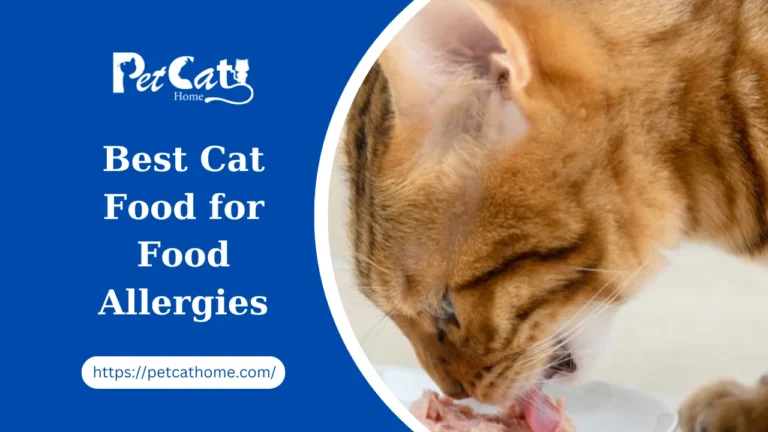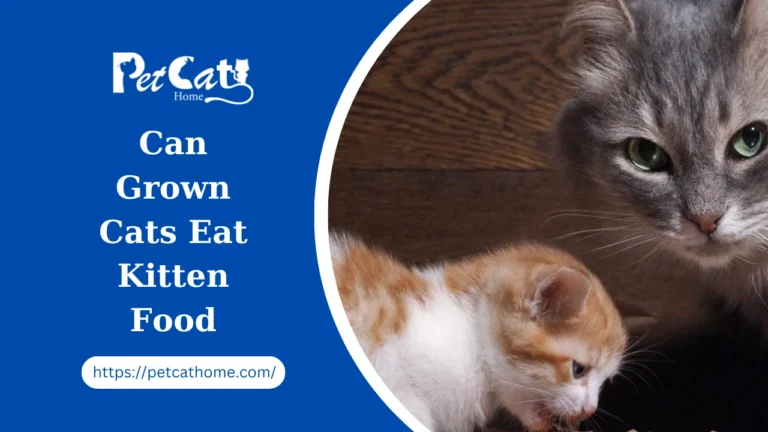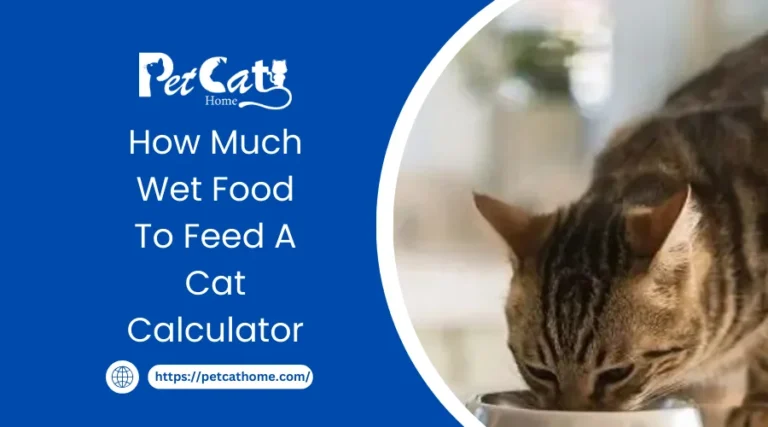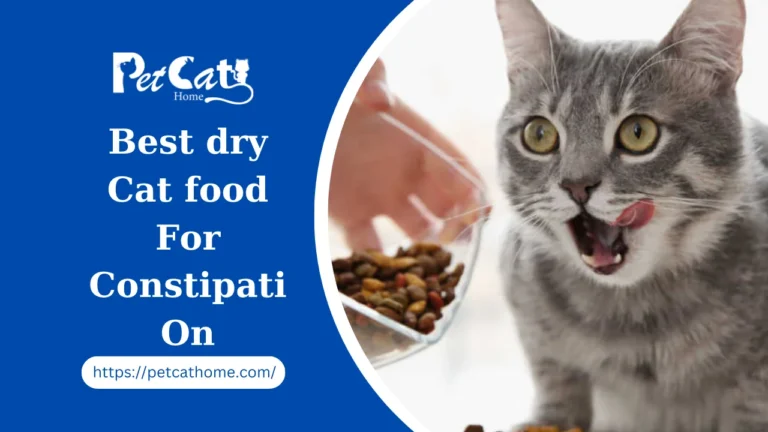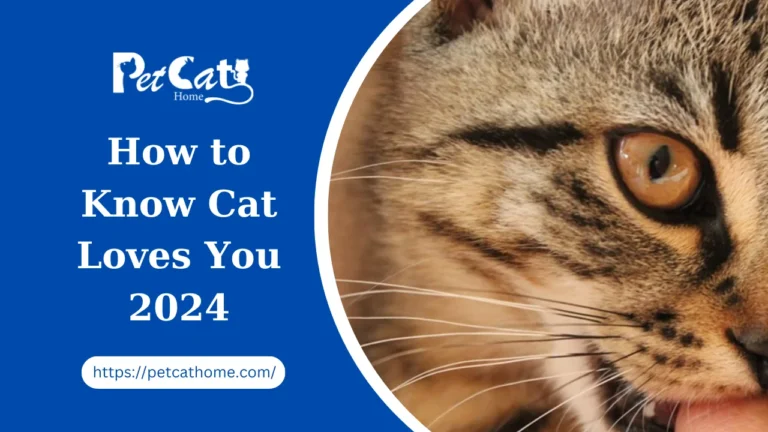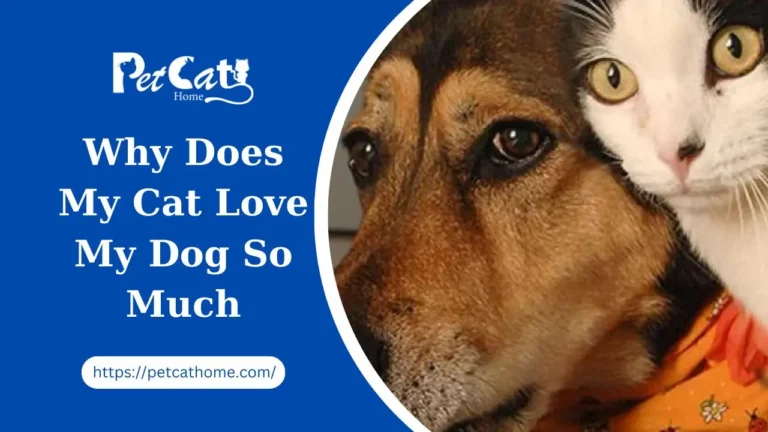What Do You Call a Mixed Breed Cat?

Understanding what a mixed breed cat is and appreciating its diversity will make your journey enjoyable. These amazing animals combine several breeds to create a captivating variety of traits and personalities. As we examine the complex mosaic of mixed-breed cats, illuminating their names, characteristics, and all in between, come along and join us.
The Melting Pot: What Do U Call a Mixed Breed Cat?
The topic of what to name a mixed-breed cat is at the center of our investigation. It’s common to refer to these captivating cats as “Moggies” or “Residential Shorthairs/Longhairs.” Although their naming conventions may differ, their varied ancestry’s appeal never goes away.
The Allure of Moggies
Mongrels, or moggies, are a cute crossbreed of different breeds. Each cat’s uniqueness is celebrated by having names that usually reflect a mix of ancestries. The range of patterns and colors available in Moggies is unlimited ranging from Tabby crosses to Calico blends.
Domestic Shorthairs vs. Longhairs
As we delve further into the naming system, we come across the difference between National Shorthairs and Longhairs. These names draw attention to the length of their fur; shorthairs display a neat, low-maintenance coat, whereas longhairs have opulent, flowing hair.
Decoding the Names: Understanding the Variety
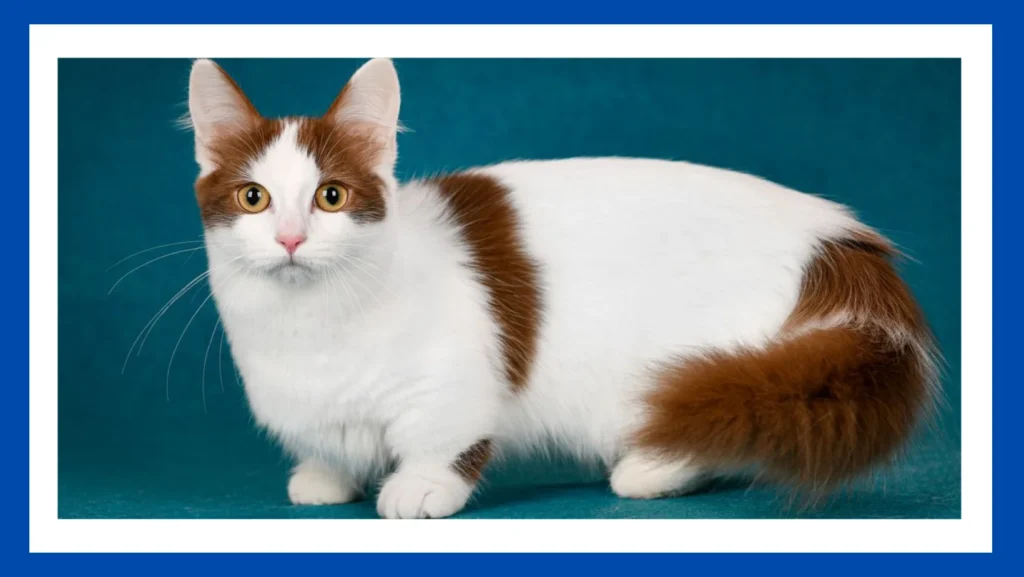
Calico Marvels
Calico Charisma:
Calico Moggies, a rainbow of hues, take center stage. They strike out in a crowd thanks to their coat, which has colors ranging from vivid orange to subdued grays that resemble a captivating picture.
Tabby Blends
Tabby Elegance:
Mixed breed tabbies are elegant because of their unique striped patterns. A touch of vintage beauty may be added to any home with these Moggies, which highlight the enduring charm that is Tabby ancestry.
Siamese Crossbreeds
Siamese Sophistication:
Mixed breeds of Siamese are elegant and refined. A genuinely distinctive feline friend, they are distinguished by their sleek bodies and eye-catching blue almond-shaped eyes that highlight the merging of Siamese fascination with other breeds.
Living with Moggies: A Fulfilling Experience
Understanding Their Temperament
Moggies are renowned for their adaptability and frequently have a gregarious and amiable disposition. Individuals, as well as families alike, find them to be perfect companions due to their balanced personalities resulting from their mixed origins.
Nurturing a Healthy Moggie
A balanced diet, frequent veterinary exams, and lots of playtime are all important for your mixed breed cat’s health. These adaptive cats do best in homes where there is lots of affection and care.
Mixed Breed Cats: What Are They Called?

Among cat lovers, mixed-breed cats are popular. These cats combine several breeds, giving them distinct personalities. Mixed-breed cats are also a great choice for cat adopters because they are frequently encountered in homeless shelters and rescues.
Ezoic
Mixed-breed cats are not required to follow any particular breed standard, in contrast to purebred cats. This implies that they can differ widely in terms of both temperament and appearance. For instance, departing mixed-breed cat may have different coat patterns, longer fur, or shorter fur.
Different personalities can be found in mixed-breed cats, ranging from lively and playful to relaxed and content.
For people searching for a special and endearing pet, mixed-breed cats are a great choice overall. Their unique personality and variety of traits make them excellent companions for any feline enthusiast.
What is a Mixed Breed Cat?
Defining a Mixed Breed Cat
Cats with parents from various breeds or lines are referred to as mixed breed cats, sometimes called domestic shorthairs or domestic longhairs. Because of their unclear or mixed heritage, these cats are not regarded as purebred.
Purebred cats are developed for distinct qualities, whereas mixed-breed cats have special qualities that blend the properties of both of their parents.
Characteristics of a Mixed-Breed Cat
Cats of mixed breeds can have a wide range of sizes, shapes, and colors. Their coat patterns vary from solid to spotted, and they can have long or short hair. Due to their more varied genetic composition than purebred cats, mixed breed cats typically have fewer health issues. This is one advantage of owning one.
Cats of mixed breeds are likewise renowned for having amiable and loving dispositions. They’re frequently characterized as gregarious, lively, and inquisitive. Families that have kids and other pets will love having them as companions.
Mixed-breed cats have an average lifespan of 12 to 20 years, depending on their general health and level of care. For them to live an extended and happy existence, it is therefore crucial to provide them with a balanced diet, frequent exercise, and veterinarian examinations.
For individuals looking for a special and affectionate friend, mixed-breed cats make a great option overall. Even though they might not have the same expected attributes as purebred cats, they nevertheless have special qualities that make them a great asset to any home.
Benefits of Owning a Mixed Breed Cat
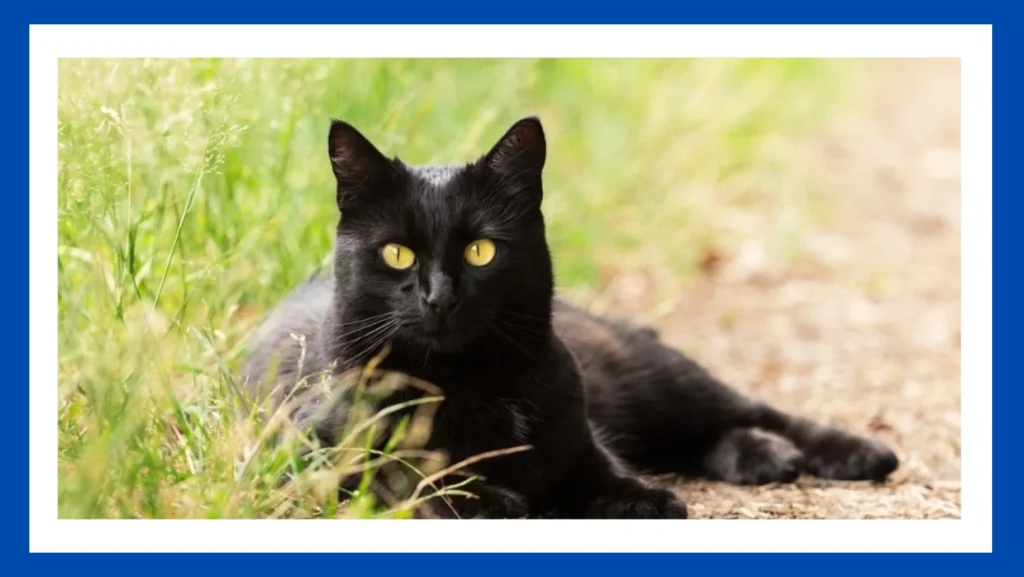
Health Benefits
When it comes to health issues, mixed-breed cats often have less than purebred cats. This is so that the risk of inherited health problems is decreased due to the genetic diversity found in mixed breeds.
Mixed-breed cats also possess stronger immune systems, which reduces their susceptibility to some diseases. Additionally, mixed-breed cats are less prone to experience health problems unique to their breed, such as hip dysplasia, which is found in some cat breeds.
Personality Benefits
Cats of mixed breeds are renowned for having distinct personalities. They become intelligent, loving, and lively cats by inheriting features from both parents. Additionally, they are less likely to exhibit behavioral problems that purebred cats are known for, including aggression or nervousness.
Ezoic Mixed-breed cats are more acclimated to various settings and are frequently friendlier with humans and other pets.
A mixed-breed cat’s distinct personality and reduced health issues are just two advantages of owning one. Additionally, mixed-breed cats are a fantastic option for anyone searching for a pleasant and healthy feline companion due to their broad genetic composition.
What Breed is My Cat? Vet-Approved Identification Guide
There exist about 70 officially recognized breeds of cats, according to the National Cat Association. As not all cats are purebred, a given feline may be a hybrid of any number of these recognized varieties, which makes it very difficult to identify a feline whose origin is unknown. However, many cat lovers bring cats into their homes that they know very nothing about. Anybody familiar with a cat enthusiast has most likely witnessed them at some point add a feral cat to their collection!
You’ll know precisely what kind of kitten you’re receiving if you buy from a breeder’s local pet store. However, if you get a pet from a shelter or off a sidewalk, you can end up with a mixed bag of characteristics without being able to identify the breed. Since none of the cats are alike, it might be difficult to determine the breed of your cat, even if it is purebred. Fortunately, you’ve located our identification guide, which can assist you in identifying your cat’s breed without requiring genetic testing!
What Breed Is My Cat? How to Determine Your Cat’s Breed
In actuality, there are an excessive amount of breeds that allow us to include a list of every characteristic. If we tried to make this post shorter, it would be absurdly long and you would never get to the finish! Rather, we will assist you in determining particular characteristics of your cat so you may utilize it to formulate a targeted internet search query to find out the breed of your cat.
Using a particular search question like this will help you limit your selections to only the varieties that make the most sense, even though the results you obtain may not be definitive. Additionally, because mixed breed cats combine elements of multiple breeds, this may be the closest you can go to identifying your cat’s breed.
Clues About Your Cat’s Breed
You can use some cues to try to determine the breed of your cat when you’re unsure. Since every breed is distinguished by certain characteristics, there are plenty of hints that might help you in the proper direction. You should be able to reduce the number of potential breeds your cat could be if you can determine which breeds exhibit the characteristics that your cat possesses. To assist you in identifying the breed of your cat, we’ve included some useful information below along with our breed identification.
We’ll examine each of these traits in more detail so you may use it to determine the breed of your cat and find the answer to the question, “What kind of cat do you have?”
Mixed Breed Cats vs Purebreds
It’s important to understand the distinction between breed and mixed-breed cats if you’re unsure about your cat’s breed. Purebred cats will be considerably easier to recognize because each breed is distinguished by particular traits. You can limit the species of your cat if you can identify which breed exhibits every characteristic that your cat does.
Cats of mixed breeds, however, are a blend. Breed standards are not a reliable way to identify a breed. Rather, you will try to focus on a few breeds that most likely made up your cat’s genetic composition. Of course, this is much harder than simply choosing a breed that best describes your feline friend. While it’s not impossible, your best bet is to use the distinguishing qualities we go over below to make an educated guess as to which breed(s) your cat belongs to.
Cat Traits to Identify Breed
Make a note of the distinctive characteristics your cat exhibits in each of those categories. Next, utilize them to construct a query for your preferred web search engine. Hopefully, your results will provide you with information regarding your cat’s ancestry.
Size and Weight
Giants like the Maine State Coon, which may frequently reach more than 25 pounds, to tiny dwarf cats which may weigh as little as 4 pounds are among the many sizes of cats. Since every breed is categorized according to size, you may learn a lot about your cat’s breed from its weight and size.
Large Cats
Generally speaking, cats exceeding 15 pounds are considered huge cats. Although they have the potential to weigh much more, some huge cats weigh as little as 12 pounds, which can lead to confusion with medium-sized cats. Rare specimens can weigh up to thirty pounds in some cases!
These cats are not only extraordinarily tall and lengthy, but they are also very heavy. Although they can readily reach sizes of 16 inches, large cats often stand over an inch tall. In addition, they have a considerable length, with the record-holding size measuring 47.2 inches and the shorter end measuring roughly 30 inches. Your cat is huge if it satisfies these criteria.
Medium-Sized Cats
The majority of cat breeds are classified as medium-sized. Given the size of this group of cats, medium-sized cats won’t have much of an advantage when identifying their breed, however, their size may still play a role in determining some of their other characteristics.
Typically, cats in this category weigh between nine and twelve pounds. Your feline friend is possibly a dwarf if it is smaller than a huge cat, and vice versa if it weighs more.
Small or Dwarf Cats
You probably have a little cat, or perhaps a dwarf cat, if your cat weighs less than nine pounds and is small yet developed. Fortunately, there aren’t many breeds of dwarf cats, making small cats like these quite straightforward to recognize. These little cats are particularly famous for their Munchkins, which are genetically related to many other dwarf breeds.
Round and Flat-Faced Cats
Some cat breeds have faces that are almost completely flat, giving the impression that they were smashed from the front. Having shorter skulls than other types, they are referred to as brachycephalic breeds. This characteristic distinguishes the Persian breed from others and is voluntary but desirable in certain felines.
Unfortunately, brachycephalic breeds have many drawbacks. Their distinct anatomical structure makes them vulnerable to a wide range of health issues.
Narrow-Faced Cats
Narrow-faced cats with triangular faces are nearly the opposite of flat-faced cats. Cats with narrow faces are much rarer than those with flat faces.
Curled Ears
The form of curled ears is arch-like. They crinkle back and protrude upward, resembling tiny horns.
Curled ears are a distinctive and endearing feature that sets them apart from other felines. Their already engaging presence is further enhanced by this distinct quality. We learn the mysteries behind these adorable cats’ curled ears as we explore their environment.
Folded Ears
Folded-ear cats are frequently grouped with curled-ear cats, despite their differences. The general health of cats with curled ears is one notable distinction. But the reason cats have folded ears is because of a genetic abnormality that can lead to some health problems, including infections, arthritis, deformities, and deafness. Their entire body’s cartilage is impacted by the gene that makes their ears fold. Your cat most likely carries Scottish Fold genes if it has folded ears, as they are the only breed that exhibits this characteristic.
Tufted Ears, Lynx Tips, or Ear Furnishings
The fur tufts that protrude from a cat’s ear tips are called ear tufts, or lynx tips. They drive sound inward while keeping junk out of the ear. Similar hair growths are found inside a cat’s ears, which are called furnishings. These ear decorations are found on quite a few cat breeds, and if your beloved pet has them, it may help identify it as one of the following breeds.
Coat
Another hint about the breed of your cat may be found in its coat. Cats can have a variety of coat types, such as curly hair, short hair, or none at all. Numerous breeds are recognized for possessing a particular sort of coat; some are even given names based on their coats. In certain instances, figuring out your cat’s coat type might help you identify its breed far more easily.
What Do You Call a Mixed Breed Cat?
FAQs
Q: Are mixed breed cats prone to specific behavioral traits?
A: Although every cat is unique, mixed-breed cats frequently have well-balanced temperaments because of their varied ancestry. Positive reinforcement and socialization are important factors in forming their behavior.
Q: Can mixed breed cats be trained like purebreds?
A: Definitely! Because they are intelligent, mixed-breed cats can be taught tricks or how to obey instructions. Patience and encouraging feedback are crucial during the training process.
Q: Do mixed breed cats have longer lifespans?
A: Because of their genetic diversity, mixed-breed cats typically live longer lives and have a lower chance of developing inherited diseases. Giving them the care they need improves their general well-being.
Q: Are there specific considerations for adopting a mixed breed kitten?
A loving and caring home is the main priority when adopting a mixed-breed kitten. Take into account their age and medical history while administering the recommended immunizations and preventative care.
Q: Can mixed breed cats coexist with other pets?
A: In general, mixed-breed cats do well in homes with other pets. Ensure that all of the family’s furry members live in harmony by introducing them gradually and keeping an eye on their interactions.
Conclusion
The overwhelming response to the question “what do you call a mixed breed cat?” as we draw to a close our exploration of the global community of mixed breed cats is one of charm, diversity, and adaptability. With their distinct combination of characteristics, moggies reimagine what it takes to be a cherished feline friend. Accept the enchantment, honor their uniqueness, and bask in the happiness that these captivating animals bestow upon us.

